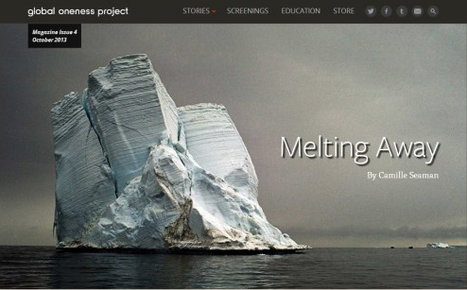Marty Note
Food Websites are great places to learn key elements of web design such as:
* Sensual and romantic images.
* Great mouth watering headlines.
* Visual marketing storytelling.
I like http://www.whitmansnyc.com/ and Soup Peddler. Whitmans BRANDS a hamburger beautifully. Food is HARD to shoot. Food can easily look TERRIBLE in a picture especially a picture with limited web resolution. Whitmans solves that problem creatively with a thin transparent layer between us and the burger. Well done!
Soup Peddler, in the example shown, is the ONLY site that includes PEOPLE. Foodies have "widget-itis" worse than techies. Widget don't sell as well as PEOPLE.
The SINGLE possible exception to that rule might be a foodie site, the one in 10M foodie sites that creates INCLUSION with their food. Whitman's is close since a hamburger is a universal thing, but the site remains a tad sterile due to lack of community.
If you scroll down below Whatman's hero you will see another pet peeve. WHY do web designers EVER let someone show an interior image WITHOUT PEOPLE.
Yes the lines are clean and the emptiness is sort of beautiful, but think about the NONVERBAL communication sent by an empty room. How long do you stay in an empty room when there is a party going on next door?
Food Heroes
So, foodie sites need people. There are several ways I would work people into the equation so the story being told feels more inclusive and fun:
* Chef as Hero.
* People with SMILES looking UP at chef or waitstaff.
* Fan as hero (with story).
Food heroes (largest image on the page = hero) need to be QUIET and CONFIDENT. Too much NOISE or any WEAKNESS and we don't trust a website (or eat their food).
The CHEF is a hero that WORKS for any restaurant. Seeing Wolfgang Puck creates a brand. Seeing a chef wearing whites with a slightly stained towel over his (or her) shoulder says, "My food is so amazing you haven't LIVED until you've eaten here".
Instead of EMPTY rooms the picture is smiling, well dressed people looking up at the Chef or waitstaff listening in rapt attention. Better if dishes are gone b/c signals meal is over and everyone is still smiling (a tacit endorsement).
DON'T STAGE THIS PHOTO. Shoot it when a group is in for dinner (with permission and releases). Share the event and caption the photo. NEVER stage actors in food websites. Canned art + food says NO TRUST and DANGEROUS.
If your fans are MODEL good looking TELL THE STORY of the event that prompted the picture. What was being celebrated, shared or discussed. If the group is a nonprofit your restaurant supports MORE THE BETTER as you can tell 2 stories in one (risky but worth it).
Finally, you can feature a fan in your hero, BUT same "no canned or artificial" photos here either. ALSO, click me through to a page of pictures of other fans and stories (why they wanted to share their picture and story about FOOD i.e. make sure people know they aren't related :).
Food is SO individual, what I like and what you like can be very different, so think about the 5 stories you need to tell that "star" your content (i.e. tells the stories that cover the rainbow of your food's tribes).
One story shares love of sauces and sweet. Another story tells the visual romance story. Another might discuss meeting the chef and getting to know the "people behind the scenes".
Sharing different and strategically savvy stories creates the "like me" connection with the different tribes your food, restaurant and content should attract. Every restaurant has a passion. Share that passion.
Also share the reception the food creates, the passion others have for the food. Tell those stories in those ways and your foodie (or other) website wins hearts, minds and loyalty.



 Your new post is loading...
Your new post is loading...




![Finding Stories Inside Paintings via Tracy Chevalier TED Talk [+ 3 Find Your Story Tips via @Scenttrail] | Must Design | Scoop.it](https://img.scoop.it/9KsJuaD4g7w6ZRzYDL-2TDl72eJkfbmt4t8yenImKBVvK0kTmF0xjctABnaLJIm9)






add your insight...